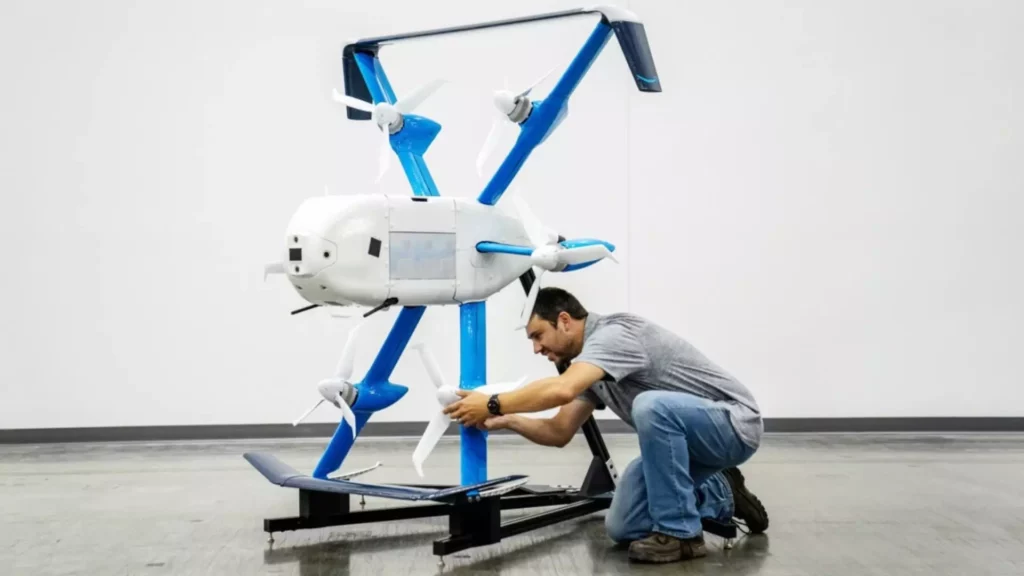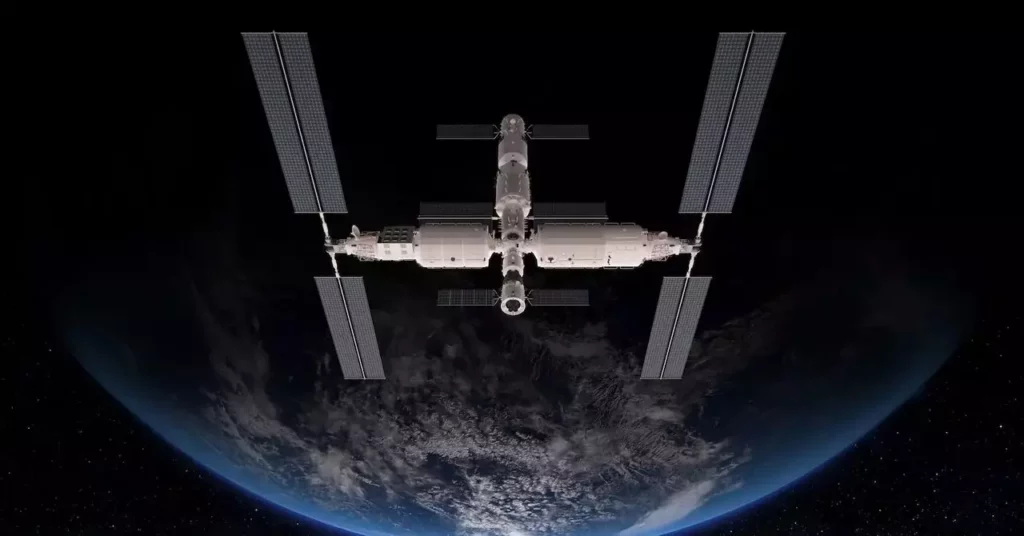Amazon has reemerged in the drone delivery arena, an industry marked by both promise and skepticism. After a significant hiatus due to a technical issue concerning altitude sensors, the company signaled its commitment to safety and innovation. This pause was essential—not necessarily indicative of failure but a calculated choice underlining the meticulous attention to safety that both consumers and regulators demand. The unprecedented pressure on Amazon to maintain public trust rests heavily upon its ability to navigate these complex waters, reinforcing the idea that in the world of logistics, public perception can significantly influence operational success.
It’s encouraging to see a corporate entity exercise caution in the face of potential risk, which many businesses often overlook in their eagerness to innovate. The temporary suspension of drone operations illustrates corporate responsibility—a quality that should be celebrated, particularly in an age where reckless tech enthusiasm often overshadows safety concerns.
Community Reactions: Between Excitement and Anxiety
The public’s response to Amazon’s drone initiative has ranged from palpable excitement about imminent package arrivals to genuine anxiety about noise pollution and privacy issues. Residents in testing cities like College Station, Texas, and Tolleson, Arizona, expressed mixed feelings when confronted with the drone noise hovering above their neighborhoods. While Amazon’s deployment of the quieter MK30 drone model aims to ease these worries, the efficacy of such mitigations still remains in question.
It’s crucial to strike a balance between technological progression and preserving suburban serenity. The challenge will not solely lie in the innovative capabilities of the drones but rather in how these innovations respect community standards. Residents are unlikely to welcome a system that compromises their living conditions, regardless of delivery speed.
Ambitious Goals: Aiming Higher
With a target of achieving 500 million drone deliveries annually by 2030, Amazon’s ambition is nothing short of extraordinary. However, the path forward is littered with setbacks—factors such as shifting regulations, technological hiccups, and operational inefficiencies have threatened this futuristic vision. The last year saw hurdles like layoffs and restructuring within Amazon, creating doubt about the viability of its drone services.
Nevertheless, validity is found in the small victories, such as the recent FAA certification that lays the groundwork for a potential operational rally. This initiative serves as a testament to Amazon’s determination to not just exist but thrive within this dynamic and often contentious landscape.
Global Aspirations: Beyond Borders
Amazon’s drone program is not just limited to American soil but extends into international markets, with the U.K. poised as an experimental ground for future expansions. Seamlessly venturing into foreign markets, as evidenced by Transportation Secretary Sean Duffy’s recent visit to Amazon’s Prime Air facility, potentially paves the way for cooperative regulations that could redefine the landscape of drone deliveries.
The enthusiasm for international expansion reflects broader ambitions—the desire to lead a revolution in logistics that supersedes geographical limitations. Innovations that bolster drone capabilities could likely catch on across nations, leading to a vastly different global commerce landscape.
Iterative Evolution: The Road Ahead
The evolution of Amazon’s drones paints a compelling narrative of resilience. Early setbacks, such as crash incidents during test flights, prompted rigorous re-evaluations that catalyzed design modifications like the MK30 model. This focus on iterative improvement is crucial as commercial air traffic begins to intertwine with everyday life.
However, consumers must consider whether the cost of these innovations—trial and error and the occasional misstep—will reflect their experiences. As society stands on the cusp of a technology-driven metamorphosis, the challenges of making drone deliveries a staple in daily routines must not be underestimated. Accountability must accompany innovation if public confidence is to flourish.
As Amazon reclaims its footing in the drone sector, the balance of innovative ambition with community concerns will be paramount. The road ahead may be fraught with challenges, but the company’s willingness to adapt and prioritize safety signals a promising trajectory. In an age where technology pervades every aspect of life, the promise of drone deliveries hinges on communities not merely witnessing this transformation but being respected players in shaping it. The question remains: can compelling innovation coexist seamlessly with the preservation of local tranquility? The answer may define not only the future of Amazon but of logistics as a whole.









Leave a Reply